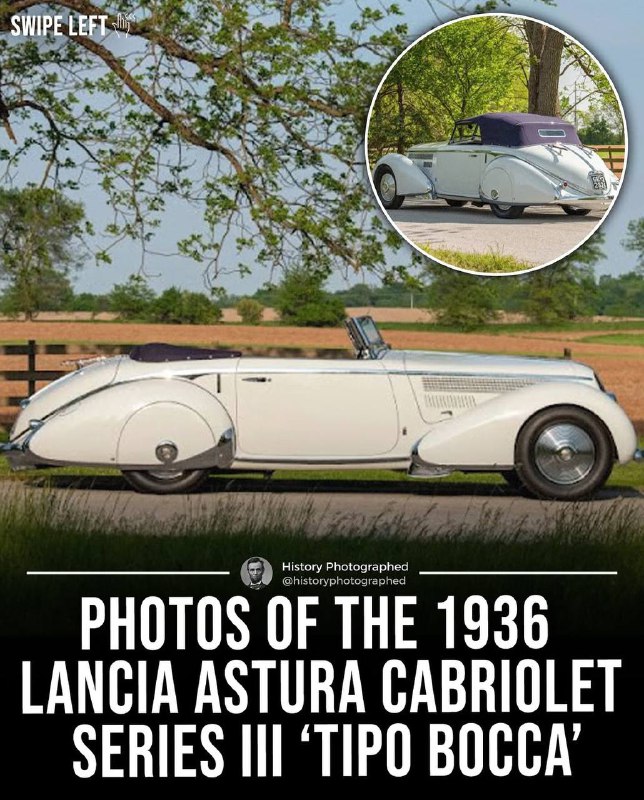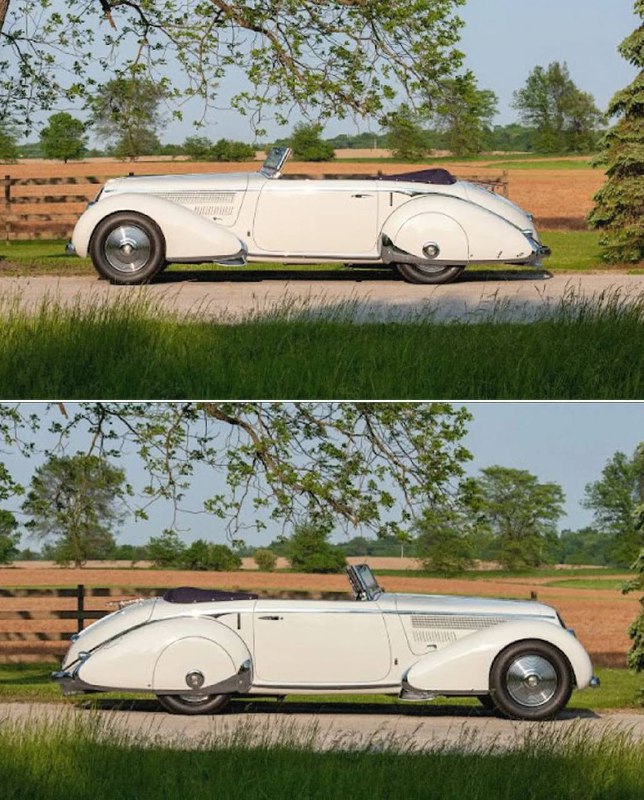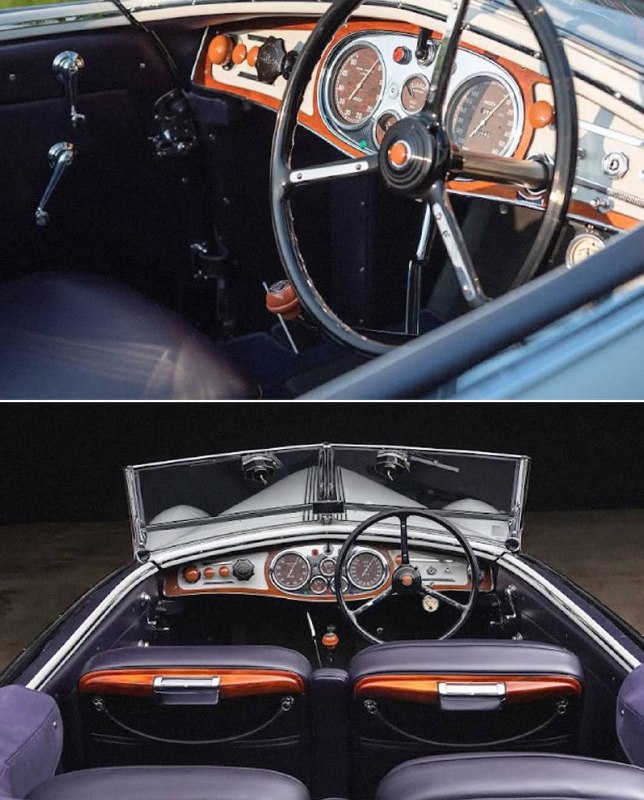Debuting in 1931, the Lancia Astura upheld the brand’s reputation for innovation and luxury.
By 1933, the third series introduced a more powerful 82-hp engine and offered two wheelbase options: the longer 233L and the shorter 233C.
While most Astura models had conservative styling, elite clients turned to top coachbuilders like Pinin Farina and designer Mario Revelli di Beaumont.
Their masterpiece? The stunning 1936 Astura Cabriolet ‘Tipo Bocca’ — a true blend of engineering and Italian elegance.
@world_history
By 1933, the third series introduced a more powerful 82-hp engine and offered two wheelbase options: the longer 233L and the shorter 233C.
While most Astura models had conservative styling, elite clients turned to top coachbuilders like Pinin Farina and designer Mario Revelli di Beaumont.
Their masterpiece? The stunning 1936 Astura Cabriolet ‘Tipo Bocca’ — a true blend of engineering and Italian elegance.
@world_history
❤7🔥5👍3👀1
tgoop.com/world_history/970
Create:
Last Update:
Last Update:
Debuting in 1931, the Lancia Astura upheld the brand’s reputation for innovation and luxury.
By 1933, the third series introduced a more powerful 82-hp engine and offered two wheelbase options: the longer 233L and the shorter 233C.
While most Astura models had conservative styling, elite clients turned to top coachbuilders like Pinin Farina and designer Mario Revelli di Beaumont.
Their masterpiece? The stunning 1936 Astura Cabriolet ‘Tipo Bocca’ — a true blend of engineering and Italian elegance.
@world_history
By 1933, the third series introduced a more powerful 82-hp engine and offered two wheelbase options: the longer 233L and the shorter 233C.
While most Astura models had conservative styling, elite clients turned to top coachbuilders like Pinin Farina and designer Mario Revelli di Beaumont.
Their masterpiece? The stunning 1936 Astura Cabriolet ‘Tipo Bocca’ — a true blend of engineering and Italian elegance.
@world_history
BY World’s History




Share with your friend now:
tgoop.com/world_history/970
